Researchers in China have developed a method for synthesizing large graphene grains, for application in advanced electronics.
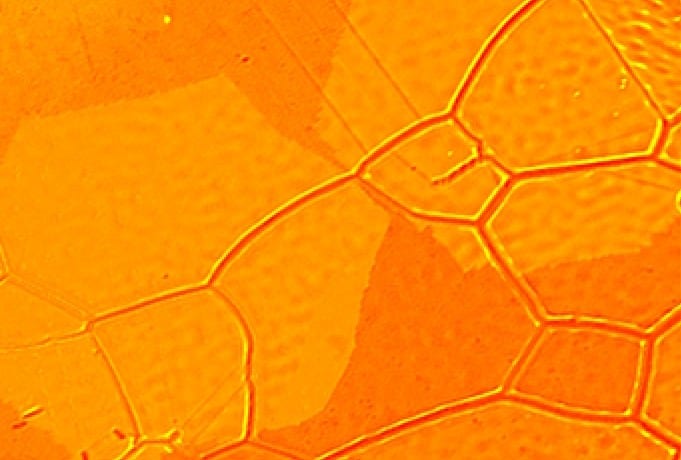

Researchers in China have developed a method for synthesizing large graphene grains, for application in advanced electronics.
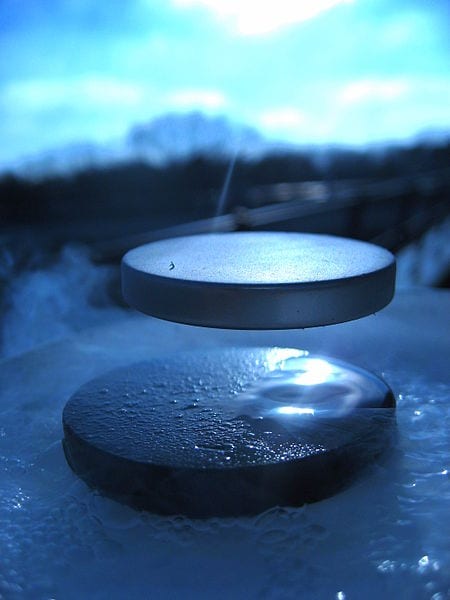
German scientists have found evidence for granular room-temperature superconductivity in water-treated graphite powder.
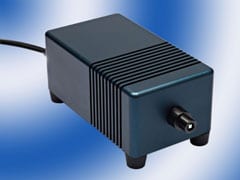
Compact LED light source “ilumLED” with four integrated LED chips for, e.g., microscopes.
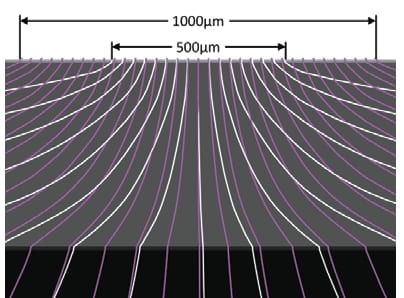
Quantum design strategy pushes high-power vertical external-cavity surface-emitting lasers (VECSELs) beyond the 100 W milestone.
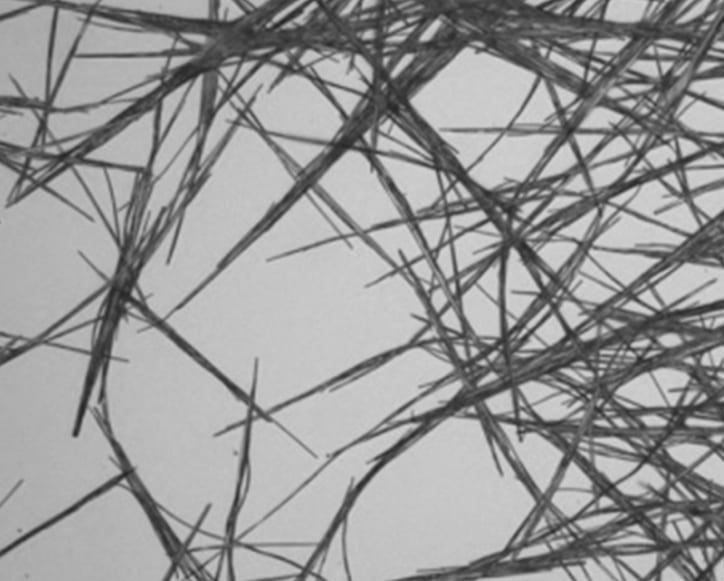
The photoelectronic characteristics of high-performance phototransistors based on single-crystalline n-hannel organic nanowires are studied.
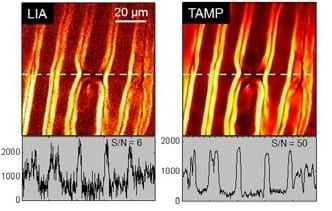
A superior signal to noise ratio for heterodyne detected nonlinear optical imaging can be attained by a newly developed tuned amplifier system in a lock-in free manner, as demonstrated through stimulated Raman scattering imaging of live cells and tissues.
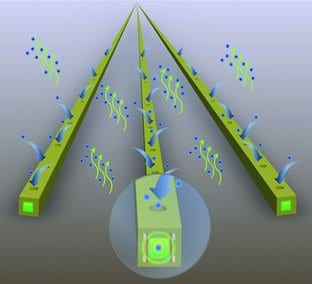
Scientists report a new method for remote tracing of vapors escaping from the liquid-peroxide explosives used in terror bombing incidents.
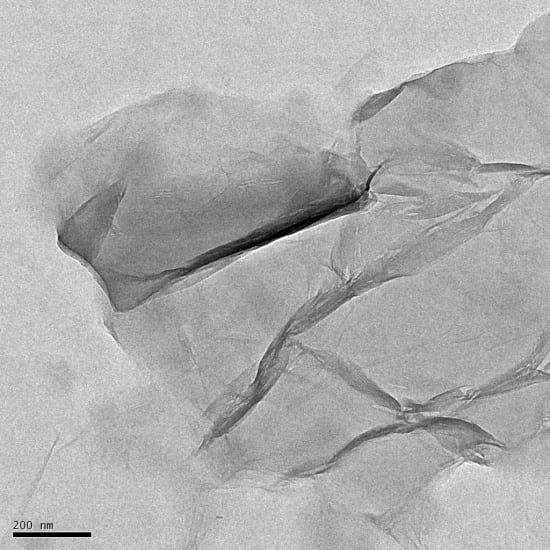
Click coupled graphene sheets allow a high grafting ratio and extended applications.
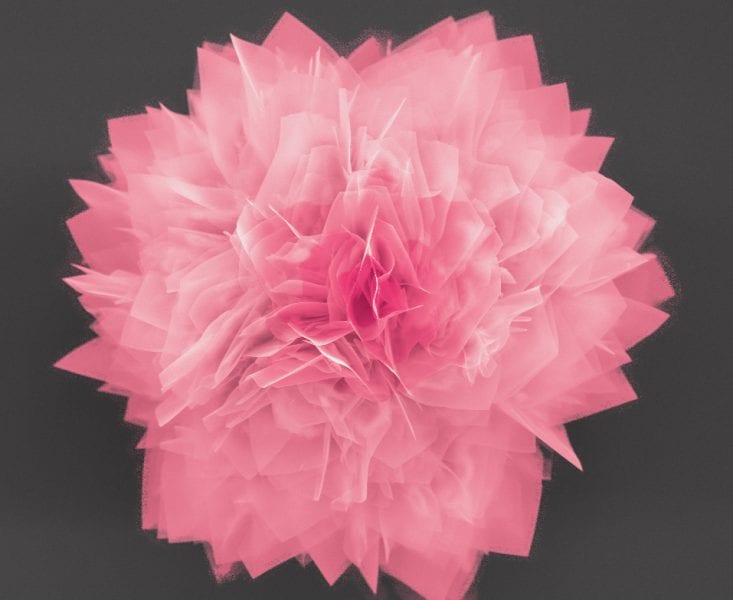
Researchers create flower-like structures out of the semiconductor germanium sulfide that have extremely thin petals with an enormous surface area.
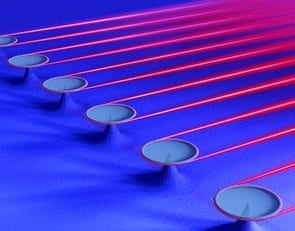
A new type of on-chip microcavities has been realized, which features both highly unidirectional emission and ultra-high-Q factors in the near infrared.